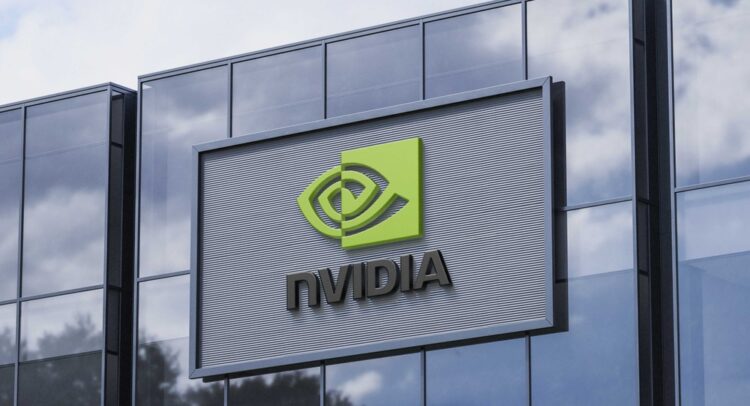
The Rise of AI and the Challenge of Data Center Power
As the demand for artificial intelligence continues to surge, tech companies are racing to expand their infrastructure. Central to this effort are massive data centers that power GPUs and servers, essential components in AI development. However, many of these facilities—especially older ones—face significant limitations when it comes to electrical capacity. This constraint restricts how much computing power they can deliver, creating a bottleneck for AI innovation.
To address this challenge, chipmaker Nvidia has introduced a groundbreaking solution: the Spectrum-XGS network switches. Rather than trying to add more physical power to a single location, this technology enables multiple data centers to function as one unified system. By doing so, it effectively transforms them into a massive GPU capable of handling even the most complex AI tasks.
How Spectrum-XGS Works
Spectrum-XGS builds upon Nvidia’s existing Spectrum-X technology, which already allows GPU servers within a single data center to collaborate efficiently. The new “GS” version, short for “gigascale,” takes this concept further by enabling several physically separate data centers to work together as a single unit. This is a major advancement, as it allows for seamless collaboration across locations without the need for additional hardware.
Interestingly, Nvidia clarified that Spectrum-XGS is not a completely new product. Instead, it uses the same hardware as its predecessor but incorporates improved algorithms. These updates make it possible to transfer data efficiently over long distances between data centers, ensuring that performance remains high even when systems are spread out.
Overcoming Power Constraints
One of the key benefits of Spectrum-XGS is its ability to help companies bypass power limits. Many data centers operate under what is known as a “power cap,” meaning they cannot draw more electricity than a specific threshold. By linking multiple data centers together, companies can distribute workloads more effectively and avoid hitting these power limits. This flexibility could lead to more powerful AI capabilities and better resource utilization.
Over time, this approach is expected to enable developers to create even more advanced AI tools. By leveraging the combined computing power of multiple sites, organizations can push the boundaries of what is possible in machine learning, natural language processing, and other AI-driven fields.
The Broader Implications
Nvidia’s announcement comes at a critical time, just before its upcoming earnings report. Investors are closely watching how the company is capitalizing on the AI boom, and this new technology could be a key factor in shaping perceptions of its growth potential. With the increasing reliance on AI across industries, solutions like Spectrum-XGS are becoming increasingly valuable.
Investment Outlook for NVIDIA (NVDA)
Looking at the stock market, analysts have shown strong confidence in NVIDIA. Currently, there is a Strong Buy consensus rating on NVDA stock, based on 35 Buy ratings, three Hold ratings, and one Sell rating over the past three months. This reflects a positive outlook for the company’s future performance.
The average price target for NVDA is $198.57 per share, which represents an 11.4% upside potential from its current value. This suggests that investors believe the company is well-positioned to benefit from the ongoing AI revolution.
For those interested in investing in NVIDIA, the current market conditions and technological advancements may present an attractive opportunity. As the demand for AI continues to grow, companies like Nvidia are likely to play a central role in shaping the future of computing.
0 comments:
Ikutan Komentar